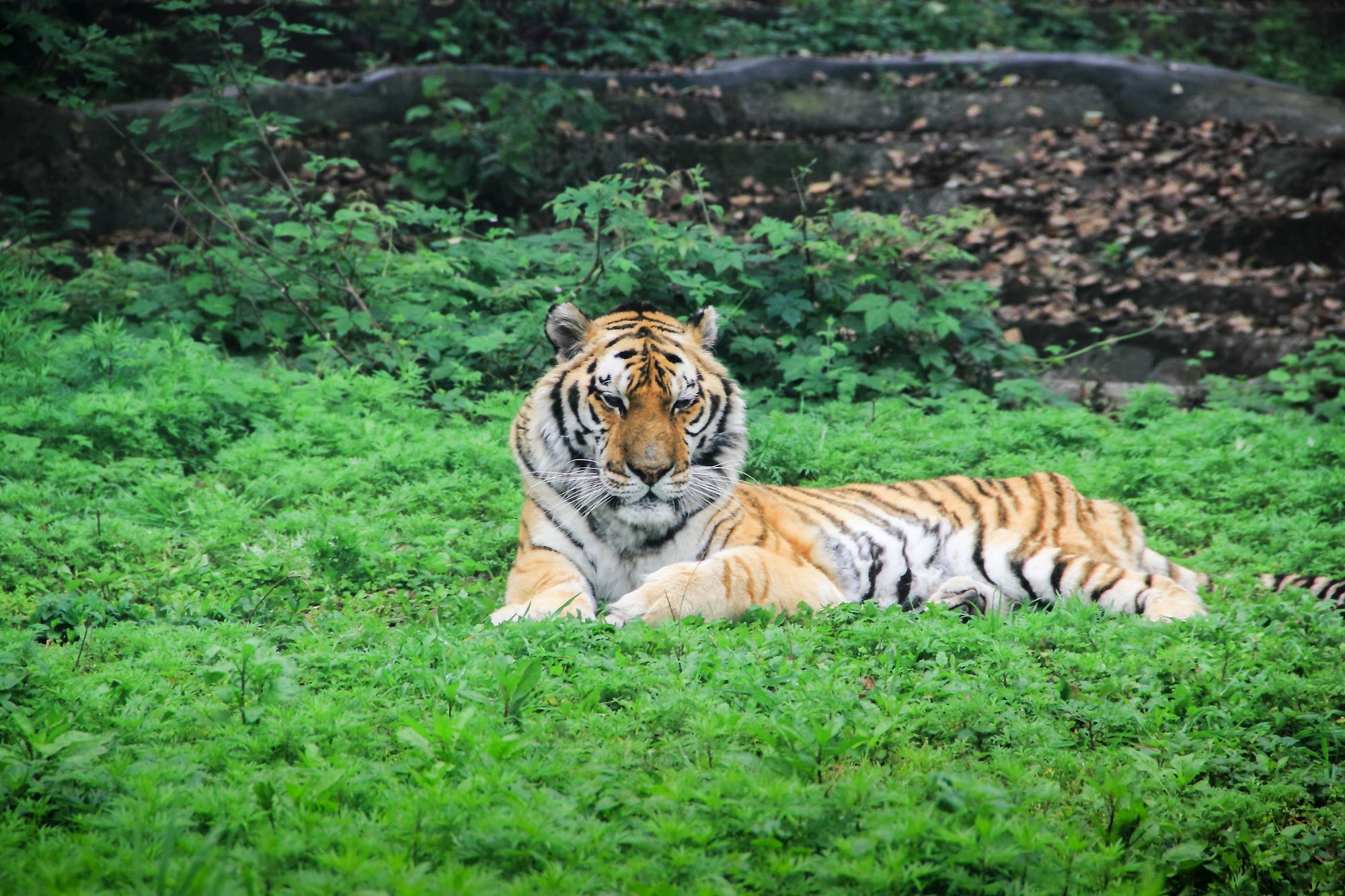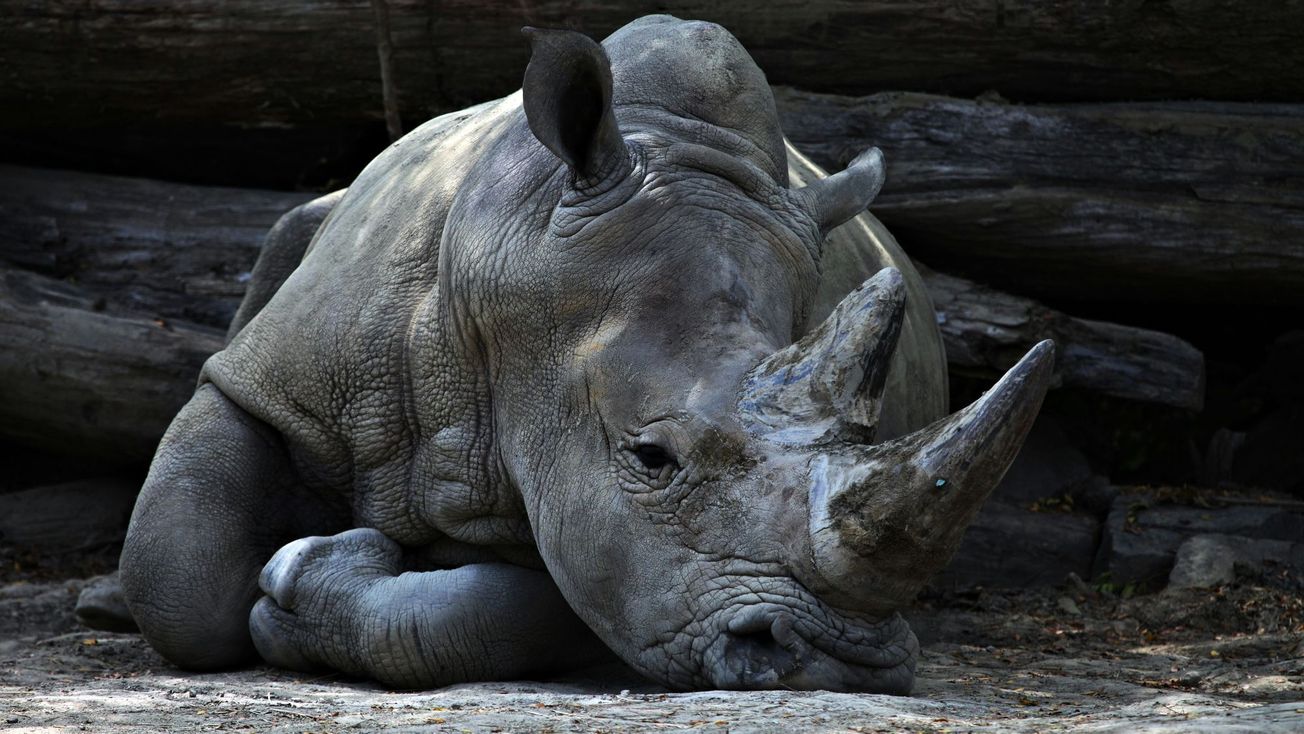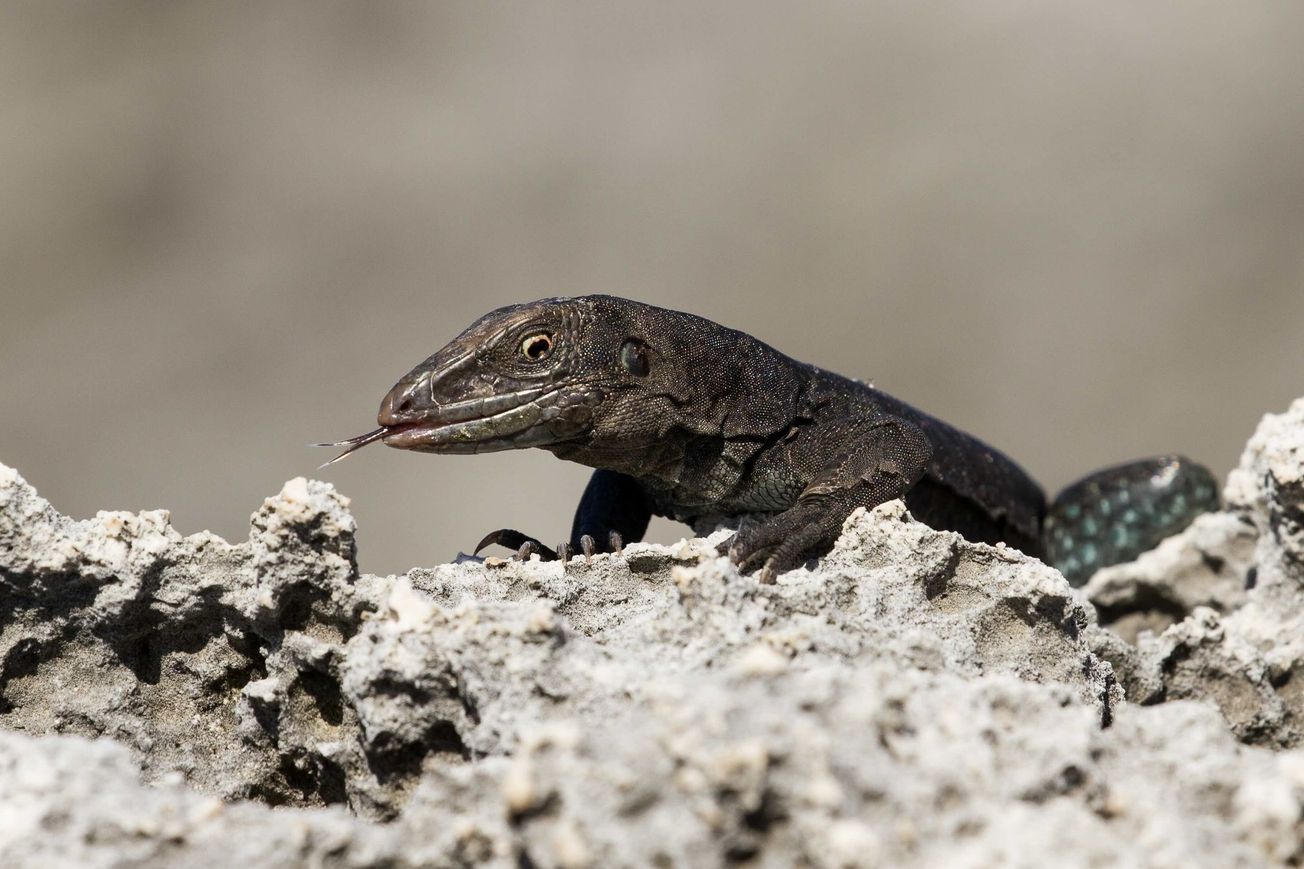The South China Tiger (Panthera tigris amoyensis) is the world’s most critically endangered tiger. Also known as Chinese, Amoy or Xiamen Tiger, the South China tiger subspecies is China’s only endemic tiger species. Historically roaming throughout southern China, estimates placed their numbers between 20,000 and 40,000 around 1900 and down to just 4,000 by the early 1950s.
Today there are no South China tigers left in the wild. The last sighting occurred in the 1990s. Many consider this critically endangered subspecies to be functionally extinct, but innovative conservation efforts to save these tigers from the brink of extinction are currently underway.
Unique evolutionary history
Scientists previously debated over whether modern tigers constitute two, five or six different subspecies. But a genome sequencing in 2018 of 32 specimens has led scientists to believe there are six different extant subspecies. Using statistical analysis comprised of 1.8 million DNA variants across the specimen tiger’s genomes confirmed the breakdown into six distinct subspecies: Malayan, Sumatran, Indochinese, Bengal, Amur (Siberian) and South China tigers.
Three other subspecies, first described in the 1930s, have already been lost to extinction: Caspian, Javan and Bali tigers.
It is believed that the South China tiger split and evolved from the oldest lineage of tigers, possibly making the South China tiger the original tiger from which all other current tiger subspecies evolved.
Poaching, habitat loss and traditional Chinese medicine
Tigers once held a mystical place in ancient Chinese culture. Western cultural influence in the late 19th and early 20th century helped change indigenous views of nature and the symbolic meaning of wild animals.
Western influence into China was underwritten by profits from the opium trade. The Chinese government’s resistance to the drug trade led to the Opium War (1839 - 1842), which China lost and as a result had to increase a number of treaty ports where the British could trade and live.
This led to extraterritorial rights to foreigners and an increase in Western missionaries and scientists through China’s backcountry, including Harry Caldwell, an American hunter and Methodist missionary from Tennessee.
Caldwell described his experiences in an autobiography as wanting to change local perceptions of wildlife, including ‘superstitions’ he vowed to destroy through hunting and preaching the gospel.
Caldwell saw tiger hunting as a “means for advancing the knowledge of the Christian God in the heart of Asia” and sought to refute the local belief of ‘spirit cats’ protected by local deities.
He noted that religious-based prohibitions against killing tigers were stronger than any possible game laws protecting wildlife would have been. Caldwell and other foreigners in Southern China employed locals as hunter guides and specimen collectors.
Caldwell went on to kill 48 South China tigers, which earned him the nickname “The Great Tiger Hunter.”
Around 1900, a shift in values and technology as well as a new market for wildlife parts and specimens were starting to form. This began the change in local perceptions of wild animals from supernatural beings to objects for scientific investigation, from a source of sacred medicine sold in local and regional markets to commercial commodities traded internationally.
As the Chinese Communist Party attained power after 1949, Mao Zedong’s ‘war on nature’ created new definitions of natural resources and led to a revolution in nature exploitation. Wildlife became a commodity to be exploited to serve the economic needs of the people.
Finally, “pest” killing campaigns in the 1980s eradicated about 3,000 tigers from their natural habitat. Rapid human population growth forced tigers and humans to live and hunt around each other, resulting in tigers being killed after violent encounters with people.
These killings supplied the demand for tiger parts used in traditional Chinese medicine at a time when China’s economic boom enabled affluent citizens to spend lavishly on expensive animal products. Adult tigers yield about 24 pounds of bones, which when crushed could sell for about $500 a gram.
Crushed tiger bone was often made into soup and sold to treat ailments like arthritis or into wine and sold as an aphrodisiac. Forelimbs fetched as much as $500 per pound. During this time Chinese tigers were being killed at the rate of about one per day.
The Wold Wildlife Fund estimated the majority of the $6 billion in illegal wildlife trade business went to tiger products like skin and bones.
The use of endangered tiger products in medicine is still seen as a symbol of high status and wealth. Some remedies that list tiger parts as an ingredient are so expensive, they often contain only trace elements. Yet even this is enough to promote the continued slaughter of tigers.
Conservation and rewilding efforts
In 1993, the State Council of the People’s Republic of China issued a ban on the trade of tiger bones. All domestic uses and bone trade were prohibited and tiger products were destroyed, including those meant to be used for traditional medicine.
In 1985, The Meihua Mountains Nature Reserve located in Fujian Province was established as a nature reserve for forests and wild animals, including the South China tiger. Around 51 South China tigers have been successfully bred in the reserve since the South China Tiger Breeding Research Institute was established in 1998.
Rewilding organizations like Save China Tigers work to introduce the South China tigers back into the wild. Wildlife conservationist Li Quan and her then-husband Stuart Bray, founded the Save China Tigers program in 2000 to raise awareness about the Chinese tiger's plight and protect it through public education, conservation models, and fundraising efforts.
In 2002, Save China Tigers partnered with the Chinese State Forestry Administration to establish The Laohu Valley Reserve, a private 140-square mile preservation reserve in South Africa built out of 17 retired sheep farms. Its chief goal is to teach captive-born South China tigers how to survive in the wild in a conservation process known as rewilding.
The Laohu Valley Reserve was once home to about 20 South China tigers, nearly 10% of the world’s population. It is unclear how many Chinese tigers currently reside there today.
The Chinese National Forestry and Grassland Administration plans to have 75% of its wild animals and 80% of its wild plants on land under the national key protection system by 2025.
Genetic biodiversity challenges
Despite the coordinated breeding program in China, conservationists face many challenges to save the South China tiger.
The lack of genetic biodiversity is the biggest challenge facing conservation efforts today. All South China tigers in captivity are descendants from just six individuals caught in the wild in the 1950s. This lack of genetic diversity results in high risk of genetic diseases. Cubs have been born with strabismus, facial deformities and suffer shortened life spans.
A study published in the Journal of Heredity in 2019 looked at 92 captive South China Tigers across 14 zoos in China. Of those, 18 were found to have genetic introgression from Bengal, Indochinese or Amur tigers. The study’s authors encouraged zoos to exclude these individuals from future breeding efforts.
Compounding conservation efforts is the difficulty in rewilding tigers bred in captivity for generations who need to be taught how to use their natural instincts to hunt.
Chinese zoos that loaned tiger cubs to Save China Tigers years ago face pressure to bring them back to China. Save China Tigers has also been mired in controversy. Li Quan accused Stuart Bray of misappropriating charitable funds in 2013.
The couple suffered a bitter and public divorce in 2014 with Stuart being acquitted of all charges and Li moving on to establish her own charity, China Tiger Revival.

Where to visit South China Tigers
There are around 200 South China Tigers left in the world, all in captivity. Most South China Tigers are predominantly in zoos throughout China, including:
Wangcheng Park Zoo - Housing the largest population of South China Tigers with 38 in total, this zoo is a successful breeding facility where two male cubs were born on October 3, 2020 through artificial breeding. The Wangcheng Park zoo is located in Luoyang City, in central China’s Henan Province.
Shanghai Zoo - The Shanghai Zoo has bred over 100 South China Tigers since 1958.
Suzhou South China Tiger Breeding Base - Located in east China’s Jiangsu Province and surrounded by mountains and jungles, it had about 14 South China tigers as of 2019.
Guangzhou Zoo - One of the three largest city zoos in China.
Changsha Ecological Zoo - The first artificially-bred South China tiger cub was born on January 20, 2022.
Meihuashan Institute of South China Tiger Breeding - Established in 1988, the number of South China tigers has grown from 3 to 39.
Other zoos in China where captive South China tigers reside include:
- Chongqing Zoo
- Chengdu Zoo
- Fuzhou Zoo
- Jiujiang Zoo
- Zhongshan Park Zoo
- Nanchang Zoo
- Safari Park Guiyang
- Safari Park Shenzhen
How you can help
Tax deductible monetary donations to wildlife conservation organizations are a straight forward way to help. Educating others and generally raising awareness about the plight of the tigers is the easiest thing anyone can do.
In addition:
- Avoid anything with Palm oil. It is found in many products and most is sourced unsustainably. Palm oil production is responsible for continued deforestation and ongoing habitat loss to tigers and other threatened wildlife. If you must buy a product with palm oil, make sure it contains the RSPO logo to ensure it was sustainably sourced.
- Fight climate change. Reducing your carbon footprint may seem like an ineffective drop in a giant bucket but collective, personal sacrifices add up.
- Visit only AZA accredited zoos. Avoid tiger petting facilities, which are often involved in the illegal wildlife trade.
Sources
- Genome-wide evolutionary analysis of natural history and adaptation in the world’s tigers
- Sorting out the genetic background of the last surviving South China Tigers
- The China action plan for saving the South China Tiger
- Tiger parts trade: Chinese medicine poaching and farms
- Living with Tigers: How to manage the coexistence for the benefit of tigers and people
- Planning tiger recovery: Understanding infraspecific variation for effective conservation
- King of the Hundred Beasts: a Long View of Tigers in Southern China
- Manly Civilization in China: Harry R. Caldwell, the ‘Blue Tiger’, and the American Museum of Natural History
- South China tiger rescue efforts too little, too late
- Trade in Tiger Parts






